
The EU AI Act for Fintechs and Banks: Obligations, Risks, and Compliance Steps
The financial sector has always been a pioneer in the use of data and algorithms; now it is becoming the… Continue Reading The EU AI...
Ulrike Czekay ist eine erfahrene Kommunikations- und Marketingexpertin mit über 15 Jahren Erfahrung, spezialisiert auf Start-ups und Fintechs. Sie hat erfolgreiche Rebranding- und Expansionsstrategien vorangetrieben, wie zum Beispiel das Rebranding von Barzahlen zu viafintech/viacash und dessen Integration mit Paysafe. Aktuell leitet sie bei wealthAPI als Chief of Staff strategische Projekte zur operativen Exzellenz und verantwortet in dieser Position ebenso Kommunikation sowie Marketing. Ulrike Czekay engagiert sich zudem aktiv in der Fintech Ladies Community.

The financial sector has always been a pioneer in the use of data and algorithms; now it is becoming the… Continue Reading The EU AI...
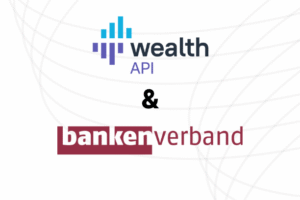
The Association of German Banks (Bundesverband deutscher Banken e.V. – BdB) is the leading association for shaping the transformation of… Continue Reading wealthAPI becomes an...

On November 18th, Bitkom (Germany’s digital association) and Payment & Banking (a leading media platform for the payment and banking… Continue Reading wealthAPI at the...

Since the publication of the European Commission’s 2026 work program at the latest, FiDA has once again been at the… Continue Reading FiDA as an...

Berlin, 18.08.2025 – wealthAPI GmbH, a leading German provider of wealth management interfaces, is appointing Susanne Krehl as Chief Growth… Continue Reading Susanne Krehl joins...

Our partnership with fincite is revolutionizing the wealth management industry through the seamless integration of real-time asset intelligence into a… Continue Reading Complete Portfolio Transparency...
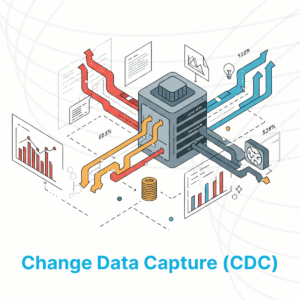
In an increasingly digitized financial sector, precise and up-to-date data is not just desirable, but the key to competitiveness. Banks,… Continue Reading Change Data Capture:...
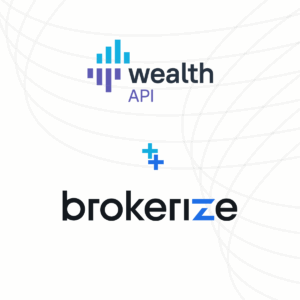
wealthAPI announces its strategic partnership with brokerize, a leading provider of multi-brokerage API solutions. This collaboration signifies a key alliance… Continue Reading wealthAPI and brokerize...
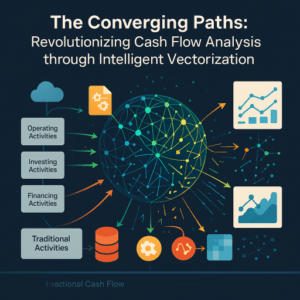
The precise analysis of financial transactions is essential for effective financial planning. However, identifying regularly recurring payments, such as subscriptions,… Continue Reading The Revolution of...
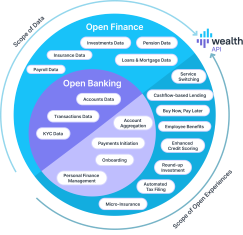
Recently, there has been an uproar in the financial world surrounding the Financial Data Access (FIDA) regulation – an initiative… Continue Reading The FIDA Discussion:...